Hydroponics is soil-less cultivation where plants are grown without soil and submerged in water to provide nutrients and roots to grow. In addition, it means helping with artificial sources and nutritional solutions to provide the required nutrients to the plants. In India, hydroponics is slowly gaining popularity and is attracting more and more farmers. Hydroponics is a subset of hydroculture. Let’s check out more information on how to get hydroponic farming subsidy.
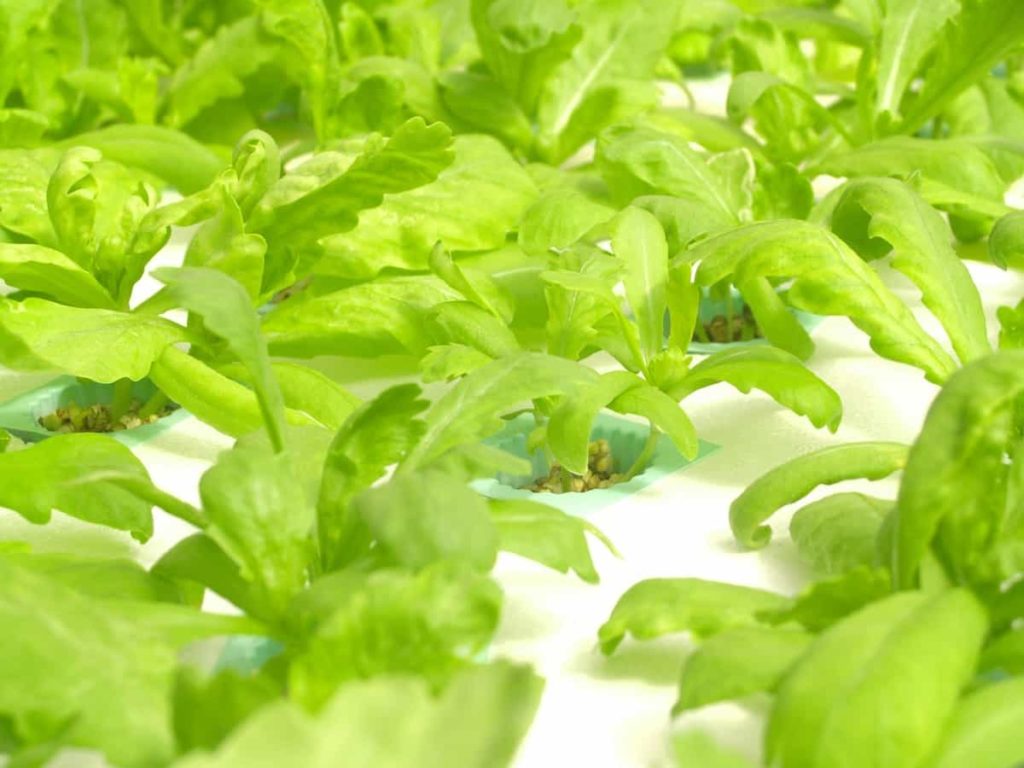
In hydroponics, plant roots are immersed in a tank filled with oxygenated nutrient solution and important minerals, which also means that your plants can be grown close to each other, but also save space in strongly developed city houses. These plants can solve the problem of long-standing pollution in urban areas, which in many cases is a side effect of development. This does not mean that pollution, even due to development activities, should be encouraged, but rather that development should proceed in parallel with the environment.
How to get hydroponic farming subsidy
In India, the central and state governments have subsidized capital expenditures for farmers wishing to spend on hydroponics. Also, the appropriate subsidy varies from state to state. The National Horticulture Board of India provides a hydroponic farm subsidy called Scheme-1 known as Development of Commercial Horticulture through horticulture crop production and post-harvest management.
The central and state governments of India have subsidized investment costs for farmers wishing to invest in hydroponics. The subsidy applicable varies from state to state. The Maharashtra government has provided a 50% subsidy to farmers for adopting hydroponics for animal feed. The National Horticulture Board has prepared a separate subsidy for each state. Similarly, a separate subsidy is available for each state through the National Horticulture Board.
In case you miss this: Common Mistakes Made in Hydroponic Farming: Things to Avoid for Beginners
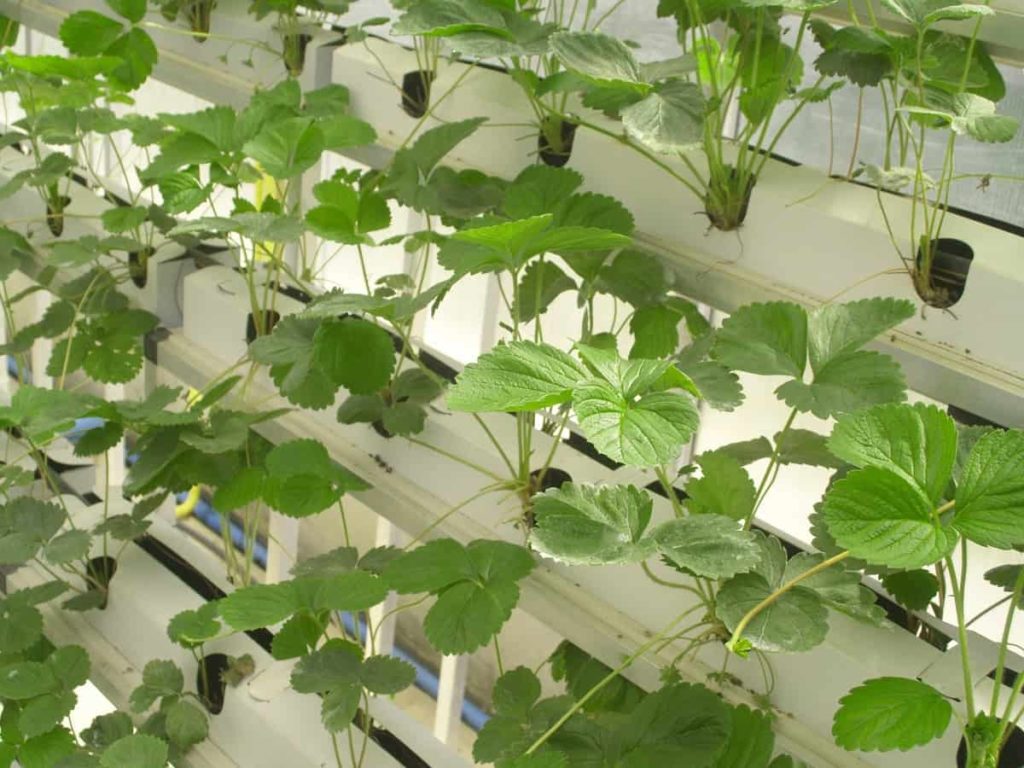
For getting the details of the respective state, the farmer needs to visit the NHB website and find out and avail of the subsidies and schemes available in their states. To feed the world’s population faster, hydroponics can be one of the best ways to grow because plants can grow faster, and in habitats that do not support them for commercial units is given by the National Horticulture Board of 1000 square meters or more. The NHB also manages a support program linked to a high-tech horticulture project credit for 2,500 square meters or more.
Eligibility criteria or applicant eligibility
The eligible applicants for subsidy under the scheme of National Horticulture Board are Farmers Producer Organizations (FPOs), Cooperative Marketing Federations, Individuals, Farmers Group, Self Help Groups (SHGs), NGOs, Partnership / Proprietary Firms, Companies, Agro Industries Corporations, Cooperatives, Marketing of Agricultural Products Committees, and other concerned organizations are eligible.
Financial assistance limits
The family or legal entity is considered as a unit when deciding eligibility to apply or receive a subsidy under the National Horticulture Board Scheme. Under the product development component, the maximum subsidy that can be obtained through an applicant is the maximum allowable subsidy under the guidelines of the National Horticulture Board Scheme which is valid on the application date under which they applied.
Pattern of financial assistance
As per the applicable cost norms for the shade net houses, greenhouses, and cost of planting materials, etc., credit-linked back-end subsidy on 50% of the total cost of Rs. 56 lakh per project. For example, if the total project cost is Rs. 112 lakhs, you will get Rs. 56 lakhs for financial support for the project.
In case you miss this: Top Hydroponics Companies in India
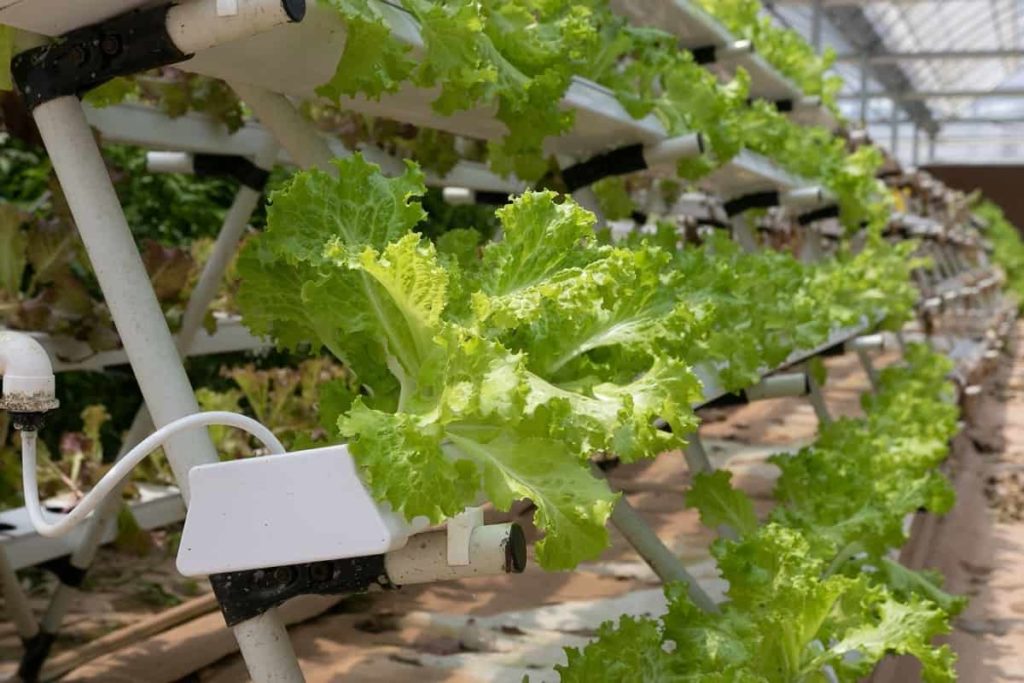
Credit-linked back-end subsidy means that the beneficiary has to avail term loans from nationalized banks / financial institutions like State Industrial Development Corporations, NABARD, SIDBI, ICICI, IDBI, State Financial Corporations. This loan is also obtained from NEDFI, NBFCs, National SCST / Minorities / Backward Classes Financial and Development Corporation, other designated lending institutions of State / UTs, Commercial / Cooperative Banks, etc.
Revenue potential
The cost of capital per acre is Rs. 30.5 lakhs every 5 years when the land is already owned. Operational expenses, for example as a tomato crop, are Rs. 900,000 per acre per year and the revenue is usually around Rs. 33.5 lakhs. If the land is independently owned, the profit of 1.5 lakhs per year is slightly less than if it was leased, on an average of 16.5 lakhs per year.
It is important to note that when a greenhouse is purchased in the first year, the buyer gets 80% depreciation under the Indian Income Tax Act. 75% of bank financing is available through agricultural loans and a 20% subsidy on greenhouses is available from National Horticulture Board (NHB). In India, insurance is also available for portable greenhouses.
Does hydroponics have the potential to become mainstream?
Welfare, Hydroponics is eligible for assistance, subject to plans covering 1,000 square meters in case of protected cultivation according to the National Horticulture Board, Ministry of Agriculture, and Farmers Welfare. The policy guidelines state: ” under the protected cultivation and open-air cultivation of dates, olives, and saffron, the project with a subsidy will be 25% of project cost with a limit of 50 lakh rupees.
In case you miss this: Growing Herbs Hydroponically – Farming Practices
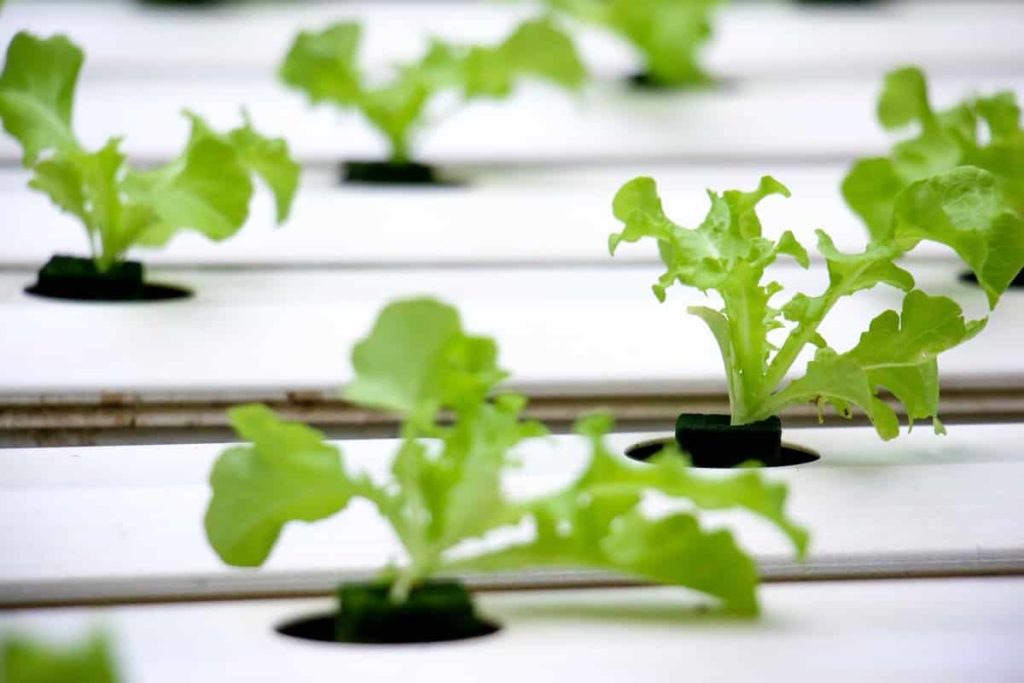
Where each state offers different subsidies to its farmers and for example, Maharashtra has decided to adopt hydroponics for raising animal fodder by 50% subsidy is offered. But, ‘urban farmers’ still rue the government’s efforts and say more needs to be done. Dissemination of knowledge about loan / financial aid and benefits, new avenues for markets, higher profit margins, and even technology training from agricultural startups mainly for areas with severe drought and low soil quality.
Costs involved in opening a hydroponic business
India is very diverse in terms of climate and temperature. There are different areas where the climate and agricultural environment are very different. Another important factor is the demand and supply of agricultural products. This indicates that hydroponic farming has the potential to buy and sell products only in urban areas. Only, in rural areas marketing strategy can be interesting otherwise hydroponic farming will fail due to a lack of awareness there.
You need space to grow your produce and other types of items. Hydroponic farms require a greenhouse. Plan to spend anywhere between $ 10,000 and a couple hundred thousand dollars to build such a space. Greenhouses can grow up to a few hundred square feet or several thousand square feet. The exact cost depends on the size of the facility you are considering.
Your hydroponic farm will need seeds, water solvents, lighting, growing tunnels, climate control systems, UV filtration, racks, towers, and nutrient storage. Plan to spend at least several thousand dollars on these supplies. In addition, the business will need a computer for research, office supplies, a high-speed internet connection, a desk, chairs, and possibly a cash register. Also, you will need a vehicle to carry your plants and deliver the product to customers.
In case you miss this: Hydroponic Onion Farming – Growing Guide

Necessary permits and licenses
- Federal business licensing requirements – There are federal regulations on what can be added to food, what can be sold, and what can be enforced.
- State and local business licensing requirements – Some state permits and licenses can be required to run a hydroponic farming business.
- Certificate of occupancy – Hydroponic farming is done outside the greenhouse or other indoor space. Businesses operating out of physical location need a Certificate of Occupancy (CO). A CO certifies that all zoning rules, building codes, and government regulations have been met.
If you intend to lease a location
- Obtaining CO is usually the responsibility of the landlord.
- Before leasing, verify that your landlord has or can obtain a valid CO that applies to the hydroponic farming business.
- After major renovations, it is often necessary to issue a new CO. If your business space will be renovated before it opens, it is recommended that you include language in your lease agreement stating that lease payments will not be issued until a valid CO has been issued will not start
If you plan to purchase a location
- You will be responsible for obtaining a valid CO from the local government authority.
- Review all zoning requirements and building codes for your business location to make sure your hydroponic farming business is compliant and able to obtain CO.
- Local licenses – For local licenses, contact the local municipal office in your area and find out about other licenses if needed.
- Business registration – Every business is registered in India based on the defined business structure.
- Business insurance – The business needs to have insurance to avoid any future emergencies.
- Food regulations – You will need a license from the local health department when selling food. All food providers need to have a health check.
In case you miss this: Growing Leeks Hydroponically – Nutrients, pH, and EC
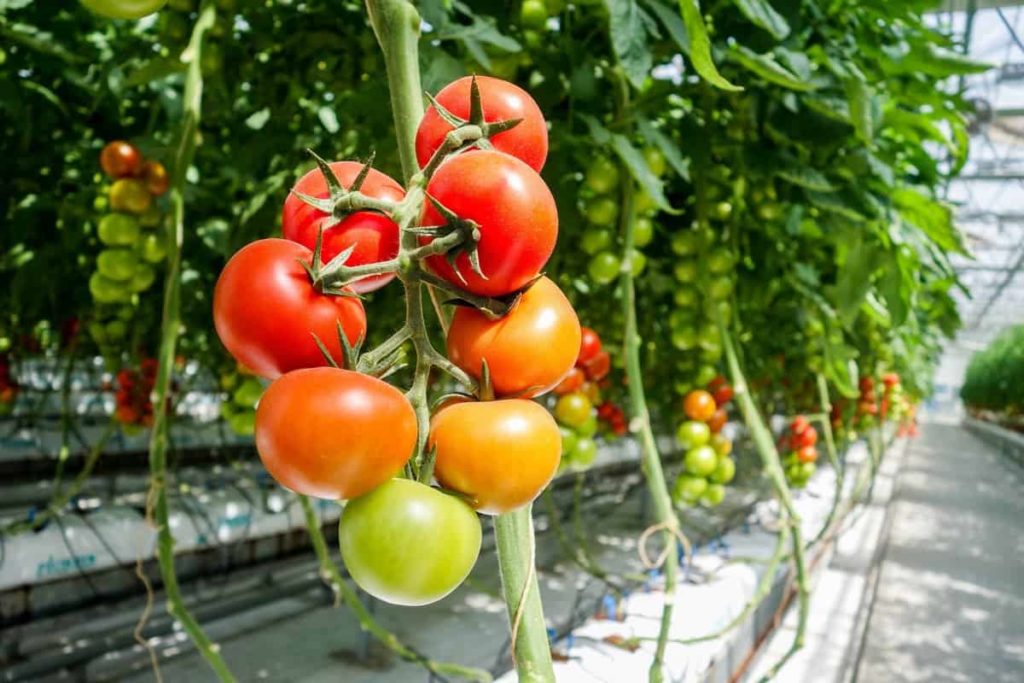
Why should I take out a loan and subsidy for hydroponic farming?
Farming in this country is a profitable business that will never stop. Eventually, it will grow. Many entrepreneurs have already entered this field because they know the market and potential of the farming business. Importing and exporting fresh vegetables and fruits can give you years of passive income, which is a good reason to take out a loan to set up a hydroponic farming business.
Then, you will have the opportunity to grow all kinds of vegetables/fruits in every season. Hydroponic farming is done without soil, so there is no difficulty in choosing what type of soil is best for which plant. Hydroponic farming requires you to invest once and for all. Today, many states are providing loans for hydroponic farming. Visit your state office’s National Horticulture Board and get more details. In India, farming is the sunrise and sunset. Hydroponic farming investing will increase your wealth.
- How to Make Houseplants Bushy: Effective Tips and Ideas
- Innovative Strategies for Boosting Coconut Pollination and Yield
- Pollination Strategies for Maximum Pumpkin Yield
- The Complete Guide to Chicken Fattening: Strategies for Maximum Growth
- Natural Solutions for Tulip Problems: 100% Effective Remedies for Leaf and Bulb-Related Issues
- Revolutionizing Citrus Preservation: Towards a Healthier, Greener Future
- Natural Solutions for Peony Leaf and Flower Problems: 100% Effective Remedies
- Maximizing Profits with Avocado Contract Farming in India: A Comprehensive Guide
- Natural Solutions for Hydrangea Problems: 100% Effective Remedies for Leaf and Flowers
- The Ultimate Guide to Choosing the Perfect Foliage Friend: Bringing Life Indoors
- From Sunlight to Sustainability: 15 Ways to Use Solar Technology in Agriculture
- The Ultimate Guide to Dong Tao Chicken: Exploring from History to Raising
- The Eco-Friendly Makeover: How to Convert Your Unused Swimming Pool into a Fish Pond
- Mastering the Art of Delaware Chicken Farming: Essentials for Healthy Backyard Flocks
- 20 Best Homemade Fertilizers for Money Plant: DIY Recipes and Application Methods
- How to Craft a Comprehensive Free-Range Chicken Farming Business Plan
- Brighten Your Flock: Raising Easter Egger Chickens for Beauty and Bounty
- How to Optimize Your Poultry Egg Farm Business Plan with These Strategies
- Subsidy for Spirulina Cultivation: How Indian Government Schemes Encouraging Spirulina Farmers
- Ultimate Guide to Raising Dominique Chickens: Breeding, Feeding, Egg-Production, and Care
- Mastering the Art of Raising Jersey Giant Chickens: Care, Feeding, and More
- Ultimate Guide to Raising Legbar Chickens: Breeding, Farming Practices, Diet, Egg-Production
- How to Raise Welsummer Chickens: A Comprehensive Guide for Beginners
- How to Protect Indoor Plants in Winter: A Comprehensive Guide
- Ultimate Guide to Grow Bag Gardening: Tips, Tricks, and Planting Ideas for Urban Gardeners
- Guide to Lotus Cultivation: How to Propagate, Plant, Grow, Care, Cost, and Profit
- Agriculture Drone Subsidy Scheme: Government Kisan Subsidy, License, and How to Apply Online
- Ultimate Guide to Raising Araucana Chickens: Breed Profile, Farming Economics, Diet, and Care
- Bringing Hydroponics to Classroom: Importance, Benefits of Learning for School Students
- Ultimate Guide to Raising Polish Chickens: Breed Profile, Farming Economics, Diet, and Care
- Ultimate Guide to Raising Australorp Chickens: Profile, Farming Economics, Egg Production, Diet, and Care
- Silkie Chicken Farming: Raising Practices, Varieties, Egg Production, Diet, and Care
- Sussex Chicken Farming: Raising Practices, Varieties, Egg Production, Diet and Care
- Homemade Feed Formulations for Livestock: Discover Cost-effective Starter to Finisher Feed Recipes
- 20 Best Pig Weight Gain Supplements: Top Swine Weight Gain Formulas
- Ultimate Guide to Elderberry Farming: Propagation, Planting, Yield, Cost, and Profit
I am interested for agrifarming
Thank you for this valuable information.
I’m interested in more information on agri farming.Id like to contact or be contacted.
Thanks
i m interested in hydroponics farming please suggest & guide me for future
Please give me more information on hydroponics farming. I want to move forward with farming